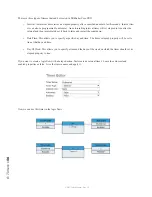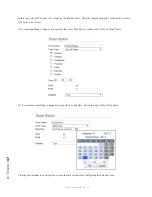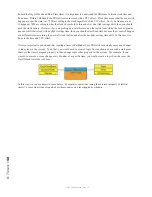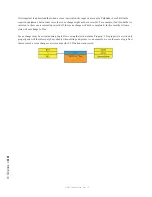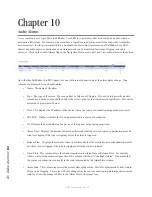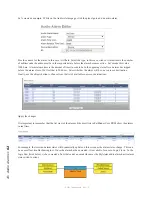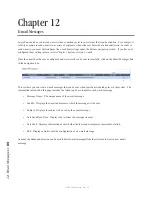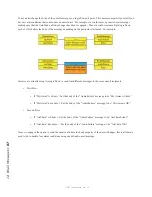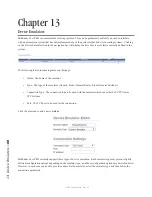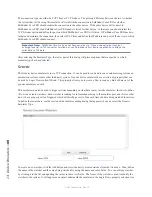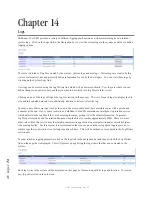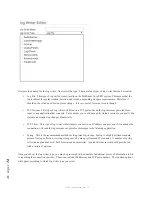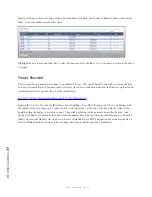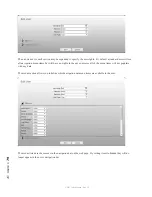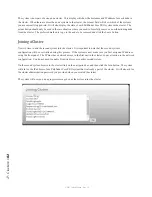
13
: D
ev
ic
e E
m
ul
at
or
s •
7
0
© 2017 Telos Alliance - Rev 1.2
In the example above, we have created a single watcher on this device emulator called Hello, and it is watching for
the value Hello. If we see the word Hello come into this emulator, then the watcher’s Triggered property will be set
to True and then back to False so that it can wait for the next time it comes in.
Then we can create a logic flow where the start point is the triggered property of the watch point and do anything we
like in the system when we see the word Hello come in through the Device Emulator port.
In this flow we have defined that every time we see the word Hello on the watcher in question, we will activate the
scene AllTo1.
Escape Characters
Both the ToSend properties and the watcher values support a number of special character strings to represent special
characters.
• \cr: Carriage Return
• \lf: Line Feed
• \t: Tab
• \\: used to un-escape an escape
Therefore, a watcher that is watching for:
• MyName\cr\lf
Is looking for the word MyName followed by a carriage return and line feed. However, in the following example,
the double slashes are converted to a single literal slash for the case where you actually want to send the value \cr\lf.
MyName
\\cr\\lf
Probel General Router and General Switcher
There are two Probel routing protocols supported by Pathfinder Core PRO. They are Probel General Router and
Probel General Switcher. The syntax of these protocols differs and so it is important to consult the automation
system’s manual regarding which protocol to use. In both cases the protocol provides routing control. As a result,
after selecting this protocol type, the web page will present a drop down list with the available routers so that you
can choose which router the emulator will control. It is highly advised that you create a virtual router with only the
sources and destinations from the overall system that you want the emulator to control, and then select that virtual
router from this drop down.

